Jimmy Jam has always been cool. In the early ‘80s, as a keyboard player in Minneapolis funk-rock band The Time, he was known to upstage Prince. As a record producer, he revolutionized popular music alongside his partner, Terry Lewis, crafting number one hits for artists like Janet Jackson, Boyz II Men, and Usher. And as a fashion icon, he’s been rocking the hell out of his signature look—black suits, fedoras, and sunglasses—for over four decades.
But Jimmy’s cool did not simply spring forth from the waters of Lake Minnetonka. James “Jimmy Jam” Harris III is the son of James “Cornbread” Harris Jr., a charismatic pianist and songwriter on the local scene who played on Minnesota’s first rock and roll record back in 1955. Jimmy was a quick study, and by 12, he was playing drums in his father’s band and winning over adult crowds in the Twin Cities. But after Jimmy’s parents divorced during his teen years, Cornbread suddenly disappeared from his life. The father and son would barely speak for over 40 years. As Jimmy transformed the so-called “Minneapolis Sound” into an international sensation, Cornbread remained a beloved character on the local scene, where he still plays today at age 97.
The new book by Minneapolis music historian Andrea Swensson titled Deeper Blues: The Life, Songs, and Salvation of Cornbread Harris is not your average biography. While researching Cornbread’s life, Swensson managed to finally reunite Jimmy with his father, a process that unfolds in real time throughout the heartfelt book. The story culminates with a joint performance at Cornbread’s 95th birthday party, which marked the first time that Jimmy and his father had shared the stage since the 1970s.
Jimmy Jam is now 65 and having what he calls a “bucket list year.” After getting inducted into the Rock and Roll Hall of Fame, it’s hard to imagine he has anything left to check off his list, but Jimmy is busy connecting with a new generation of musical innovators, recording a follow up to his 2021 debut with Terry, Jam & Lewis: Volume One, and of course, finally hanging with his dad. While visiting New York City with Swensson to talk about the incredible story of Cornbread, he stopped by the Complex office for a conversation about fatherhood, timeless music, and how he became so cool.
This interview has been condensed and edited for clarity.
As someone who grew up playing alongside your father, what advice do you have for LeBron James’ son Bronny?
I would just say, try to take it all in and appreciate it for what it is. It's historical in so many ways that I think it's gonna be tough for him to even know the impact of it. When I was 30 years old, I was so much different than I am now at 65 years old. I had a different appreciation of things. I know LeBron appreciation is probably way beyond Bronny's, because it was his dream for this to happen. But I think Bronny has been brought up well, and I would just tell him to realize that the impact of what's happening probably won't even hit him for 20 years. So don't be disappointed if maybe your expectations were different. Don't let that bother you. Just take it in as it comes And hopefully just enjoy the blessing that it is to play basketball. But to be able to do it with your dad? I think it's just a cool thing.
I know you have three grown kids of your own. How do you think Cornbread influenced your approach as a father?
When my kids were grown, that's when I really figured out how influential my dad was on me, even though he'd left when I was 15. The lessons that he taught me and the seeds that he planted with me are exactly the same things I did with my kids. The music appreciation, the musical talent that my kids have, that was the same thing that was passed on to me from Cornbread. When I finally reconciled with him, I had my son Max with me. The same things that my dad had told me, he was telling to Max. But now he knows where I got it from.
We're always the last to leave somewhere because I'm signing autographs or I'm taking pictures with people. And my kids were always pulling on me like, “Dad, Can we leave? Do we have to be the last one here?” And my whole thing was, you never know where people came from to see you and it might be their only chance to meet you. You should make time for them. But the funny thing is, that's exactly what I did with my dad. When he got done with his gigs, he'd be taking pictures with people, signing autographs for people, and I'd be like, “Dad, can we leave?” And so I realized I do the same thing to my kids that my dad did to me.

Jimmy Jam visits the Complex office in New York City.
Photo by Elijah for Late Development
How did you introduce music to your kids when they were younger
The same way that I was introduced to music, which was growing up in a musical household. My dad always played. He was always gigging. He always had keyboards around the house. My mom was definitely the “music appreciation” person, in that she was always playing records around the house. My kids grew up in a musical household too, because there was always music at home or in the car. They were hanging out at the studio with me. They were just kind of immersed in music.
My daughter Bella sang in a kid's choir with Andrea Bocelli—they ended up touring, and doing a Christmas special. My older son Tyler has worked for me at the studio for his whole career, and my younger son Max went to CalArts for school. So he's like me in the love of music, but he also is trained in music theory and all of those things that I never was.
The great thing was both my sons played basketball—they played for Kenny Smith's AAU team, so really top-level competition. And in the car when I'd be driving them places, I always let them play whatever they wanted, and I remember my older son Tyler was the one that introduced me to The Weeknd when he first came out—he had the mixtapes before he even had a record deal. He turned me on to Drake, too. They turned me on to so much great music and then I was able to have great musical conversations with them.
I remember they liked a song Drake and Kanye did [“Glow”] that sampled Earth, Wind & Fire, and they bought the original record to get the sample. But when they listened to it, they said, “It doesn't sound right.” I said, “No no, it's from the live album, Gratitude, and not from the [Open Our Eyes] album.” I always let them find something they liked, and then I would give them a little bit of knowledge about it, whether it was a sample, or a suggestion of something else they might like.
Deeper Blues uncovered so much history about your family and your father's early life. What was the most surprising thing that you learned about your roots from Andrea’s research?
Probably that the musical talent came from my grandmother, who I never knew. And learning my father's story—I didn't know the way he grew up, in foster homes and everything. I didn't really know a lot. I just knew I was the third, so there had to be a junior, and then there had to be an original James Harris. Seeing pictures of Cornbread’s mom and all those things. So reading the book, and finding out all of the evidence that Andrea came up with was just incredible.
I’m happy that we had the opportunity for somebody to do such a deep dive into it, and to do it from such a caring place. I just think that's so cool, and such a blessing to learn the facts of Cornbread’s past. It puts a lot into perspective for me—even in the decisions that he made in leaving home. It's a singular story that connects with everybody in some way.

'Deeper Blues' author Andrea Swensson, Cornbread Harris, and Jimmy Jam.
Photo by Nancy Bundt
When you listen to Cornbread's original music, do you hear any parallels with your own songwriting approach?
He has a song called “Put The World Back Together” that I think is very similar to something I would write, but much more profound. A lot of his blues licks and things that he does, I play like that. There's a lot of similarities. He taught me the basics of a chord—a straight chord versus a major seventh chord, a minor seventh chord, what a diminished chord meant. All of those things I apply to the style in which I play. And also when I played with him back in the day, I was playing drums. And because of that, I think that I play keyboards very rhythmically. So when drum machines came out, I felt totally comfortable with that. I also DJed, and I felt totally comfortable with beat matching. It all came from the foundation that he set for me.
The book captures your on stage reunion at Cornbread’s 95th birthday party. Do you think we'll ever get to hear a Jimmy Jam and Cornbread collaboration on record?
It's God's plan, but I would think that the things are in place for that to happen. It would start with the fact that we're back together, and I think that's the biggest piece of it. So yeah, it just has to happen organically. I mean, there's plenty of us together on Zoom calls!
You and Terry Lewis have become fashion icons over the years because of your commitment to a certain signature style.
It is a commitment!
I can imagine. What did wearing the suits and the fedoras mean to you when you first adopted that look as a young man?
I think it was all about class and style. In order to go to nice places, you needed to look nice. We really couldn't afford to buy suits and all of that, so we would go to thrift stores and then have them tailored for us. It was paying $20 for a suit, and then paying $10 for a tailor. That was very much in our budget. I know the hat part came from Terry. There's a picture I look at every day at our studio where Terry's playing a red, black, and green bass and he’s got the Fedora on and he's probably 14 years old at that point. And so that came really early. And then there's pictures of me in the yearbook with dark glasses on. It's just evolved.
And then when The Time happened, Prince was very much about being the same thing off stage as you are on stage. So it wasn't like, walk around offstage in blue jeans and then put a suit on when you go on stage. No—this is who you are, so this is who you should be 24 hours a day. And that was a good lesson. Nowadays people talk about “branding” and “imaging” and all these different words, but he was very much into that from the beginning.
Sometimes they make us remove our hats, but they weren't gonna kick us out of somewhere because we weren't dressed correctly. It's easy to commit to because it's just very comfortable. It seems to be very universal for people.
What's your brand of fedora?
This is a Goorin hat—I was a Stetson guy. Before we were gonna perform at either the Grammys or the [Rock & Roll Hall of Fame]I wanted to get a new hat, but the store that I used to get my Stetsons from in Los Angeles closed. And so somebody mentioned to me that there's this other hat company called Goorin Bros., out there on Melrose Avenue. So I walk into Goorin and I said, “Listen, normally I wear a Stetson—do you have one that looks like a Stetson?” And he says, “Yeah, we have this hat here, and it's called the ‘Dean The Butcher.’” It was cool, and he did the feather for me in the whole deal. That's my go-to now.
So how many hats do you have?
I don't have a lot anymore. I used to have a ton. I have maybe five or six now. I have a lot of the historical hats, like the original hat we wore in [Janet Jackson’s] “Control” video. But in the new stash, basically it's this and one other one. And then I have a couple of straw hats for the summertime, and those are also by Goorin. I like the Goorin Bros. stuff.

Jimmy Jam visits the Complex office in New York City.
Photo by Elijah for Late Development
As a producer, it seems like one of your superpowers is putting artists at ease and getting them to open up. How important is that to the process?
People think of record production in a technical way. And knowing your way around a studio is part of it. But really, the most important part is human interaction. Knowing how to read people, and figuring out how to get the best performance out of somebody.
Sometimes people like to work early. Sometimes they like to work late. Sometimes they like a studio that's totally quiet and not a lot of people around. Some people want the spotlight. I remember we worked with the Spice Girls in London, and one day we couldn't get a vocal out of Posh Spice. She just wasn't turning on. And there was a news crew coming to shoot a story, and as soon as they brought in the lights and the cameras, she lit up. And I said to the engineer, “Just record whatever we get.” And that vocal ended up on the record. So that taught us that everybody has a different way of working. And for her, when the camera’s on and the lights are on, that's when she performs. So I think that part of it is really important.
Terry is very much the same way, and a lot of times he would cook for the artists. Janet, to this day, loves his turkey chili. She's always like, “You gotta make turkey chili when I come to the studio.” That is really important, to make the artist feel at ease.
Back in 1987, Janet Jackson’s A&R John McClain claimed that he was working on a movie with Janet that was supposed to feature a reunion of The Time. Obviously it never came out, but I’m curious if you ever read a script for that movie?
I never did. As a matter of fact, it's great you brought that up because I literally talked to John like a week ago about something we're working on now. I'll have to ask about that. But that doesn't surprise me.
It’s funny, we were actually gonna do a Time [movie]. Not with John involved, but we did have a movie idea. We hired a script writer, we had meetings about what we thought it should be. It was pretty much gonna be a true story of The Time, or kind of a fictionalized version of The Time, but taking experiences of us on the road and touring with Prince. And I remember we had a meeting with Prince. We thought the meeting was going to be us pitching him on our idea. But it was actually him pitching us on his idea, which turned out to be Graffiti Bridge. And we were like, OK, well I guess that's what we're going to do. Because he had the power of Warner Bros.
It’s always been interesting to me that you guys recorded Janet Jackson’s politically-minded Rhythm Nation album at the same time that Public Enemy’s It Takes A Nation of Millions to Hold Us Back was dominating in the hip-hop world. Is that an album you guys were into at the time?
Yes—totally into it. To the point that on Janet's next album, we actually worked with Chuck D. And not only worked with him, but he was a big part of picking the single for the janet. album.
In our minds, the single had to be “That's the Way Love Goes.” But Jordan [Harris] and Jeff [Ayeroff], who were running Virgin at the time, came to Minneapolis, and I played them the song we were working on at the time, which was “If.” And when I put the track on, they lost their minds. They were just like, “Oh my God, we don't need to hear anything else—that's it!” In their mind, when they left the studio, “If” was the single. Because it was Janet in all its bigness and its rockiness and all its funkiness. And I remember she went to L.A. and as she was leaving we said, “Don't let them talk you into ‘If,’ because we already know that's what they're going to try to do.” She said, “Oh, yeah, don't worry.” She comes back a week later and she goes, “Um…‘If’ is the single.”
So anyway, “New Agenda” was the last record we were doing on janet. Chuck D finishes his part at 2AM, and I think Hank Shocklee was with him. And we said, “Hey, can you guys come in and just listen to these two songs? Let us know what you think the single should be.” And I remember we played both songs for him. And so Chuck goes, “Yeah, man, that ‘If,’ man…that sounds like Janet, man. I can see the video.” And as he's saying that, Janet's looking at me like “See?” And I’m like, “Shit.”
And then he goes. “But that other song…what was that called?” We said, “That's The Way Love Goes.” He said, “Yeah, you know what that song's like? That song is like when Sade releases an album. There's no big hoopla, there’s no big thing.” And he picked up a CD, and he says, “You know what that's like? That's like—”[gently places CD on the table]—“you just put it out. And then somebody comes along and goes, ‘Oh, wait, what? Oh, shoot, yeah, that’s Sade! Oh, yeah, that's cool.’” And I’m looking at Janet like, “That’s right.” And then I remember the next morning, she said, “‘That's The Way Love Goes.’—that's what it should be.”
And we were all so happy, because we weren't making Rhythm Nation part two, which is what “If” was to me. If you think about the last video that came from Rhythm Nation, it was “"Love Will Never Do (Without You).” So that was the Janet we were forming the next album from, not from the Rhythm Nation thing, but from “Love Will Never Do.” And the album was an album of love. She was in love. I was in love. I mean, I think Terry was in love with that point. We were all in a very romantic place in our lives. And that's what we wanted the album to reflect. And of course, it was the perfect entree to the album and huge record and it all worked.

Jimmy Jam at the Complex office in New York City
Photo by Elijah for Late Development
And it really brought that hip-hop soul sound into the mix.
It brought James Brown into the mix. It brought [The Honey Drippers’] “Impeach the President” into the mix, but put a mid-tempo song over the top of it. It was just a different thing. You know, it's funny, I heard [Mary J. Blige] used the same sample on one of her songs. And I remember saying to Mary, “Wait, did we steal that from you?” And she said, “No, we stole it from you.”
The first time I heard “That's The Way Love Goes” on the radio, I was with [Uptown Records founder] Andre Harrell. We were riding in a car on the way to a music convention in Chicago, and the song comes on the radio. I don't say anything. And Andre says to the driver, “Hey, man, turn that up.” The driver turns it up and he's going, “Man, you hear this shit? Listen to this.” And I'm going, “Yeah, yeah.” And he says, “This is some cinematic shit, man.” And I'm like, “Yeah, yeah, yeah.” So the song goes off and the DJ goes, “And that's the new one from Janet Jackson. ‘That's The Way Love Goes.’” And Andre goes, “Man, that's Janet Jackson? Did you know that? Wait a minute—did you do that?” And I was like, “Yeah.” He said, “Oh man, you didn't say nothing!” I said, “I'm just listening to the song, man.” It blew his mind.
Mary said, “Yes, he told me that story. And literally when he went back to New York, he got in the studio and he said, ‘We're going to do something with this sample.’” And they made the Mary J. record [“You Don’t Have To Worry”]. I’m the biggest Mary J. Blige fan in the world—My Life is in my top five albums of all time, easily. So that was a nice compliment.
How are things going with Jam & Lewis: Volume Two?
There's progress. It's actually going really, really well. We went from not having enough songs to having way too many songs and way too many artists that want to work with us. I guess we could almost technically say we were starting on Volume Three before Volume Two is even out. But yeah, we're working on Volume Two now and it'll be out next year, and then there'll be a Jam & Lewis: Volume Three, and it'll probably coincide with a documentary in 2026. But we're just having fun and we're creating.
What kinds of artists have you connected with lately?
I had one of the best months of my life—I actually spent the month of March at A&M Studios with Inflo and Danger Mouse working on a Michael Kiwanuka album. I was just a session player—I just played organ and stuff, and they did all the hard work. But it was so cool. Chris Dave was on drums, Pinot Palladino on bass. They did a full string session. These guys called the Ironsides came in and played some rhythm stuff. But I was kind of like the glue. From a producer standpoint, I knew the things that Danger Mouse and Inflo would want to have in the tracks, so I would just play those parts. We probably did about four or five albums worth of stuff and Inflo can figure out how he wants to do it. It was just musically fulfilling to be in the room with those guys.
Chris Martin came in the room and started playing something on the piano and I'm playing the organ and he was like, “Holy shit, Jimmy Jam’s playing the organ next to me!” And I was like, “Holy shit, Chris Martin’s playing the piano next to me!” The Rolling Stones were rehearsing there too. I got a chance to watch their rehearsals, and I got a chance to tell Mick Jagger that they were playing “Miss You” too fast—the groove wasn't there. It was just kind of that year.
I met Khruangbin, my favorite band. I went to see Jungle in concert, which was very cool, and then Lydia [Kitto] hit me and we’re trying to figure out when we're gonna get together. I listened to Ringo Starr's new album with T-Bone Burnett, and the next night I was with Rick Rubin at Shangri-La listening to this girl beabadoobee. I was sitting with the drummer from Little Dragon [Erik Bodin], and we were working on some stuff together. And then I hit Yukimi [Nagano] and we sent some ideas back and forth. I sent an idea to Maxwell and he immediately wrote some stuff to it. It’s been such a bucket list year for me, such a musically fulfilling year.
And once again, I have to thank Andrea for reconnecting me with my dad. I just think there's such a spiritual thing about that. It's like the sunshine in my life now. There's no cloudy days, it's just a sunshine in my life that's causing all these things to happen. And because I'm old now, I just appreciate everything. I recognize it and I appreciate it, whereas before it just was, “Oh, yeah, that happened I met them, I met them.” But now I realize all of the ways the planets have to align. Those kinds of things are happening.

Jimmy Jam and 'Deeper Blues' author Andrea Swensson in Times Square
Photo by Elijah for Late Development
 2 months ago
13
2 months ago
13



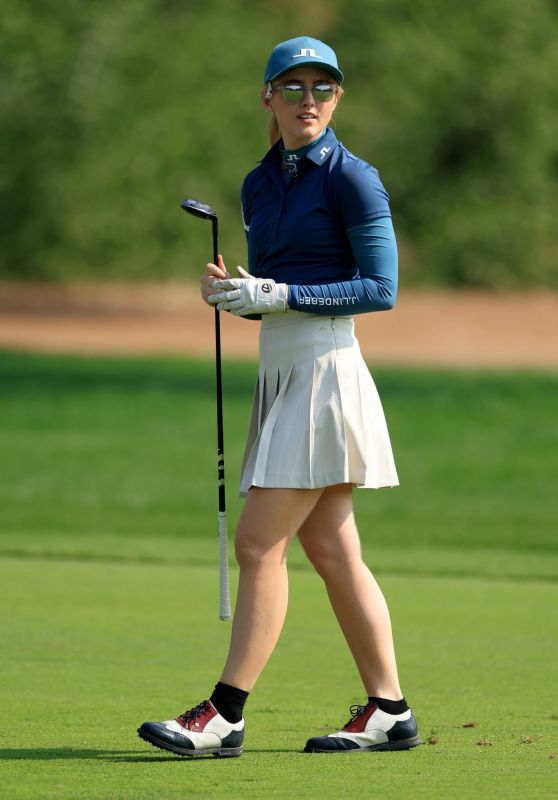
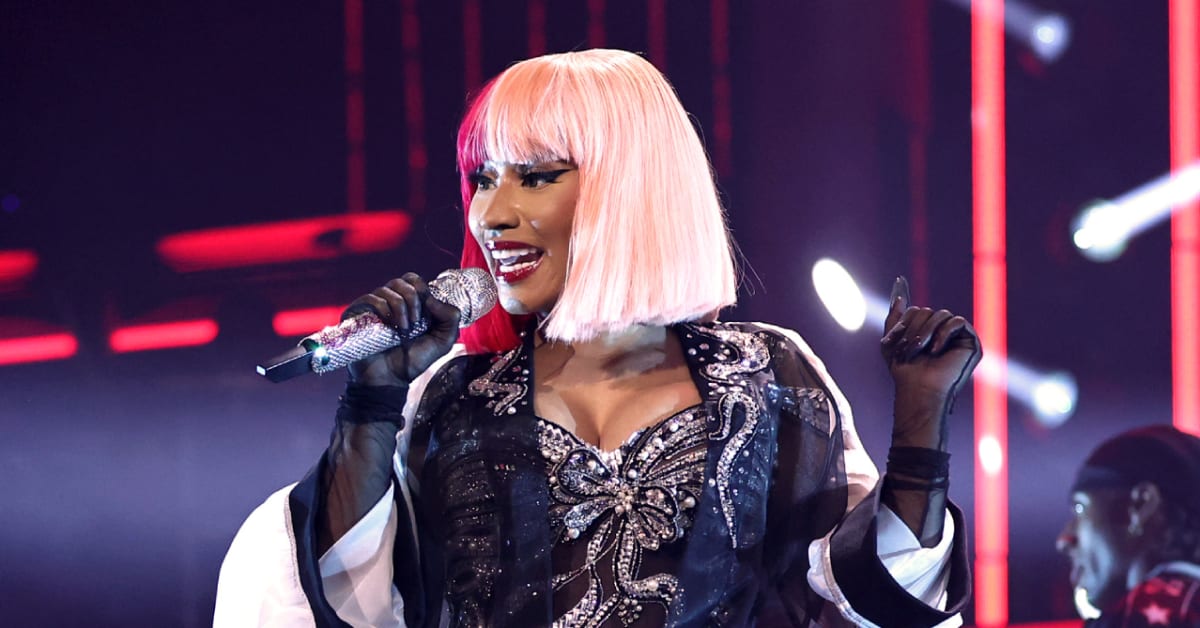

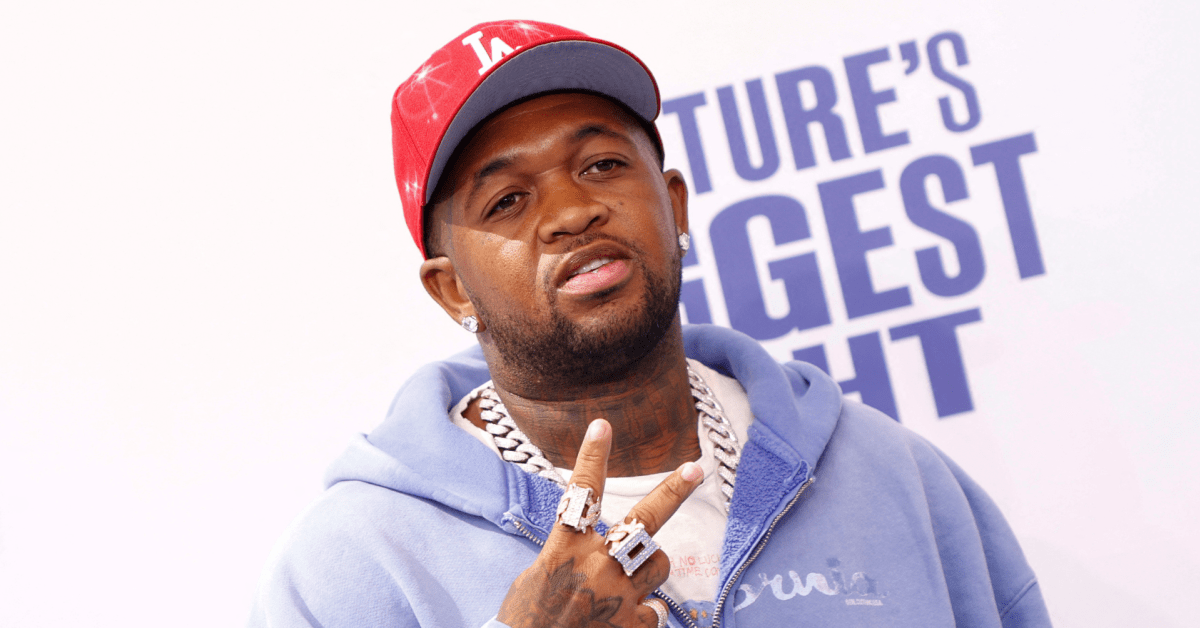



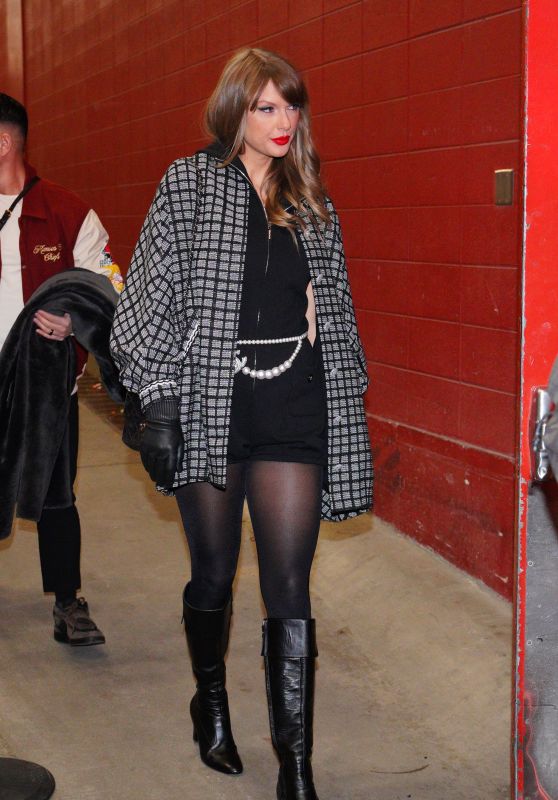
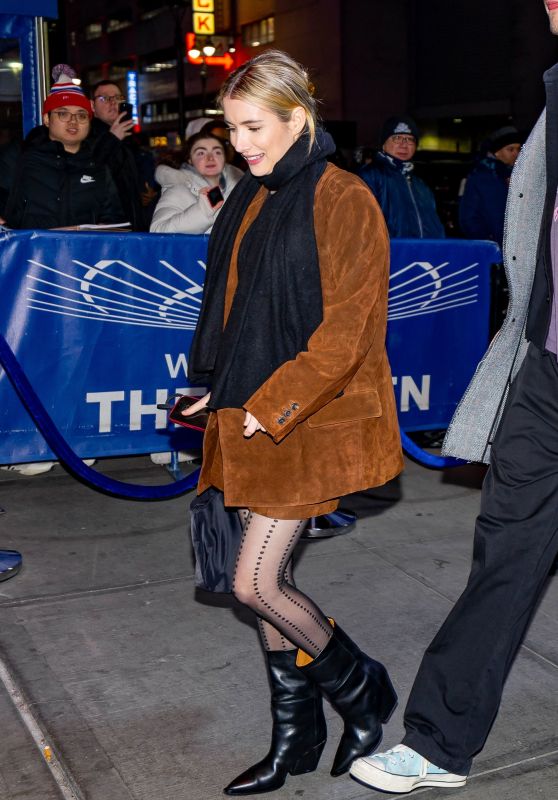







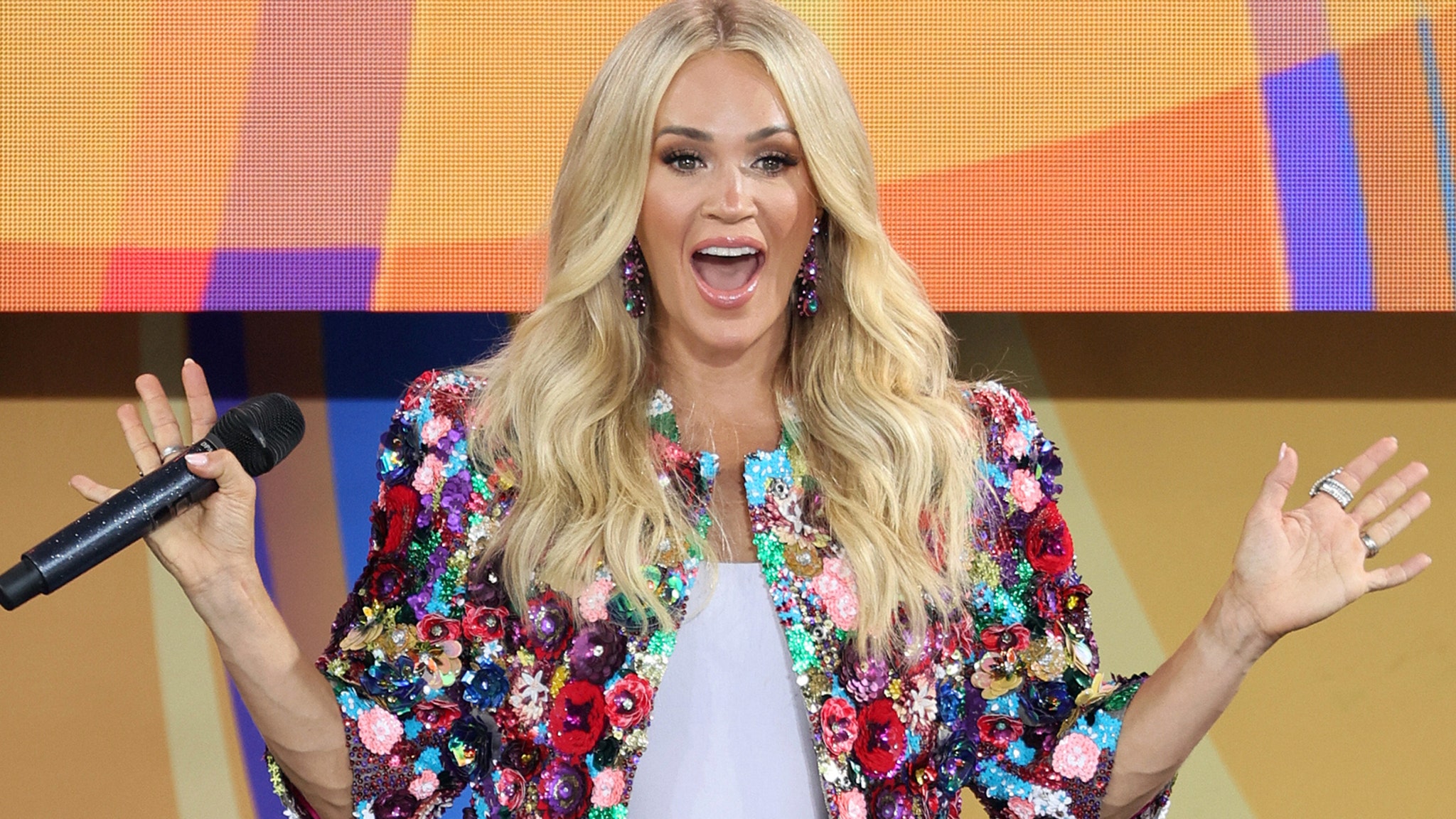
 English (US) ·
English (US) ·